A piece of history
The first "ovens" date from the earliest agrarian period of human history, the time of the first permanent human settlements.
The oven developed with the first food humans knew how to cook: grilled cereals, then flatbreads and finally leavened bread. Leavened bread is said to have been invented by accident some 5000-6000 years ago in the Near East: flatbread dough which had been put aside for some time began to naturally ferment and rise before it was cooked !
Since then, through different periods and cultures, humans have continuously improved techniques for cooking bread, eventually creating the wood oven we know today.
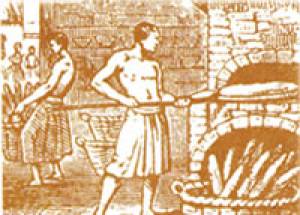
Egyptian and Mesopotamian origins
These civilizations were responsible for the first bread ovens (around 5000 years ago). A large clay pot was placed upside down over the hearth and coals. After the clay pot was heated the flatbread or dough was placed inside and cooked for the first time with heat from all sides.
This basic oven was later improved by the development of the first "Tandur" oven, still used today, notably in Pakistan to cook the famous "Naan" bread.
These ovens were made from clay and straw and shaped like a waist high, tapered, open-topped barrel. Fire and live coals in the barrel heated the oven. Baking bread was a well organized activity which took place in real bakeries, and bread was so important it was used as payment in kind for salaries and taxes.
It was the Greeks, masters of art and bakery, who invented the "modern" wood oven, which has hardly changed in 2000 years ! They had the idea of "laying down" the Egyptian Tandur oven to position it on the ground with the opening at the front. This way, the oven was more practical and used less wood. Soon, they added an oven floor where the fire could be built. Finally, they came up with the bright idea of removing the fire at the end of cooking to cook the food with waves of heat.
A Graeco-Roman influence
These Greek techniques were imported by the Romans and applied, developed and exported throughout the Roman Empire.
Although the Romans did not bring any major changes to the Greek oven design, they did introduce a new basic material, earthenware bricks.
Photo from the blog La vaisselle de table, en Europe, du néolithique au Moyen-âge
History of bread oven
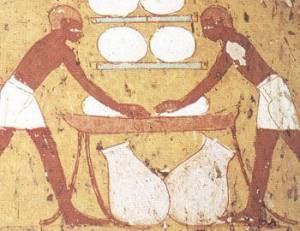
Bread has a symbolic and sacred value in our Western civilizations and its history goes back to the very dawn of humanity.
It's also the symbol of a healthy diet.
The Egyptians were responsible for creating the first bread oven while the Romans were responsible for disseminating them widely.
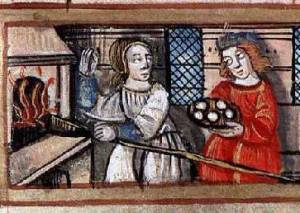
In the Middle Ages, the bread oven was a way for lords and bishops to collect taxes (as were mills and presses): simple ovens were to be found all over the country.
They belonged to the lord and people had to pay to use them, otherwise they were fined.
The oven man was in charge of using the bread oven. On baking days, the villagers took turns to bring their bread for baking, along with any other dishes that couldn't be cooked in the fireplace at home (meat pies, terrines, etc.). In the villages, the oven man had the monopoly over baking bread and pies in the wood-fired oven; he was the baker and the pastry cook.
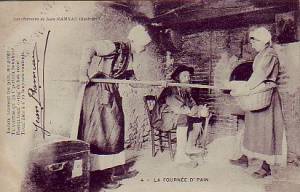
Privileges were abolished during the French Revolution and this monopoly disappeared. But the simple ovens became communal and were still used. Smaller bread ovens were also built in people's homes for family use.
These bread ovens were used regularly up to the 1914-1918 war, but were then gradually abandoned as more and more bakeries opened and means of transport improved…
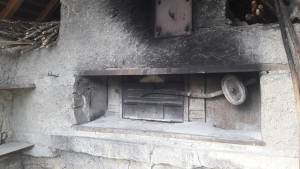
These bread ovens can still be found in the countryside today and are reminders of the predominant role they played in former times. Some villages are keen to restore their bread ovens and give them a second life; associations organize old-style baking days, while some bakers are going back to their roots and re-using the old bread ovens for the pleasure of all the inhabitants. Smaller bread ovens are now available for everyone's pleasure.
Cooking with a wood fired oven
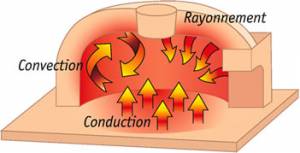
Conviviality and pleasures of the senses
Firewood ovens cook food by radiation, conduction and convection and really bring out the flavours.
When you cook with a wood fire in a firewood oven , it takes care of even the most delicate recipes to offer healthy, authentic, refined, inventive and unique dishes.
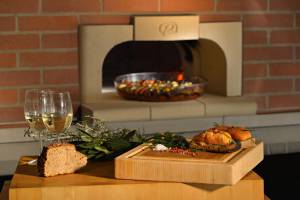
A thousand and one flavours
Cooking with a wood fire in a Firewood oven means rediscovering the great pleasures of cooking along with a certain idea of conviviality.
Simply follow your desires, use your creativity, create an event and revisit the classics of wood-fired cooking in a completely natural way. Firewood oven is ideal for everyday cooking as well as for the great occasions.
Cooking directly on the hearth: due to the White Clay's composition, many foods can be placed and cooked directly on the hearth with no worry about altering their taste. Food safety certification.
Textures are preserved; dishes are crisp and golden on the surface, moist and melt-in-the-mouth on the inside.
A wide range of wood-fired cooking methods in a single oven!
A Firewood oven offers a wide range of wood-fired cooking methods: you can cook quickly at a high temperature or slowly at a lower temperature (e.g. slow-cooked lamb), or you can dry fruit and vegetables.
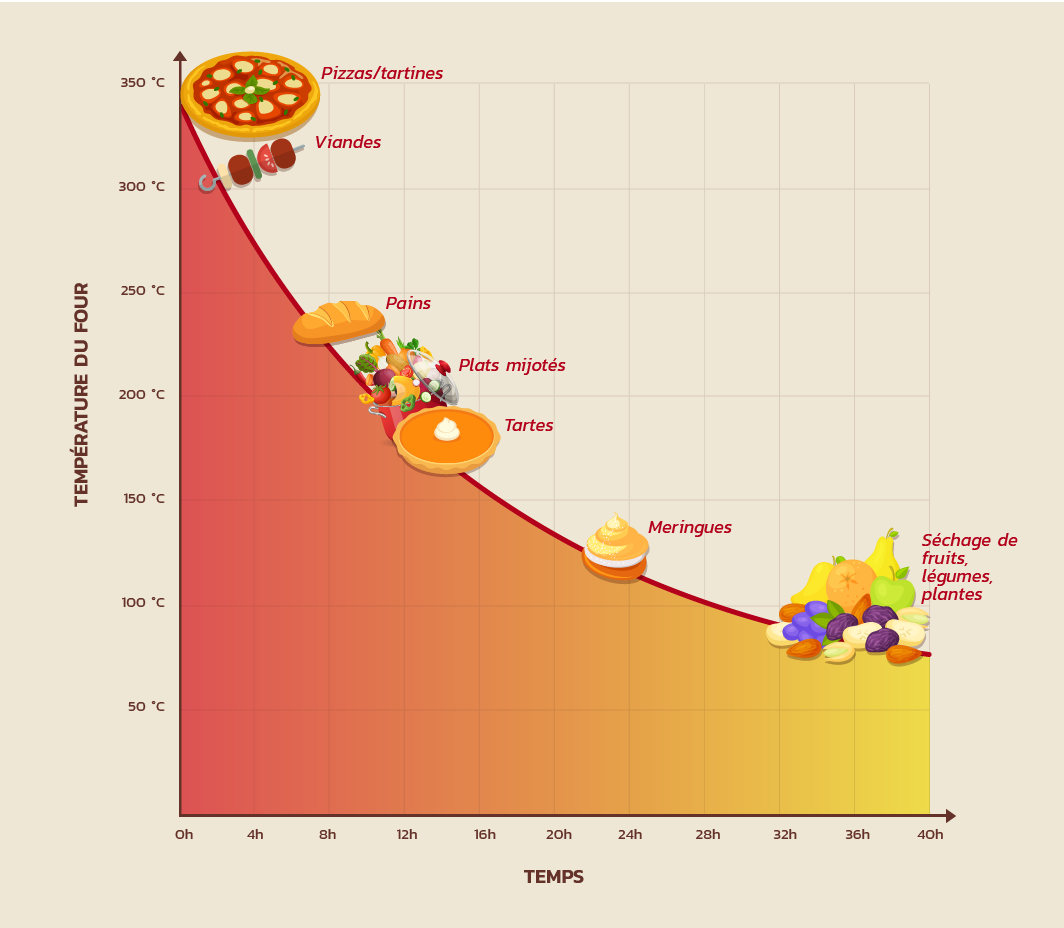
You can of course use these cooking methods one after the other over one or more days, as cooking in a Firewood bread oven is based on the principle of thermal mass.
Once you have removed the embers, you can only use the amount of heat accumulated in the mass of terracotta.
All types of wood-fired cooking therefore have to be carried out at a temperature that reduces gradually but slowly, as the heat-resistant terracotta in Le Panyol ovens offers a very high level of inertia.
The wood-fired oven is initially very hot (+ 400°C) and gradually loses its heat until it has cooled completely after 3 to 5 days (depending on the outside temperature, the type of oven insulation, etc.): this is the cooling curve.
The dishes prepared in a wood-fired oven therefore have to be cooked in a certain order, according to this curve, starting with those that require the most heat and ending with those that need the least (e.g. meringues), the final stage being drying.








